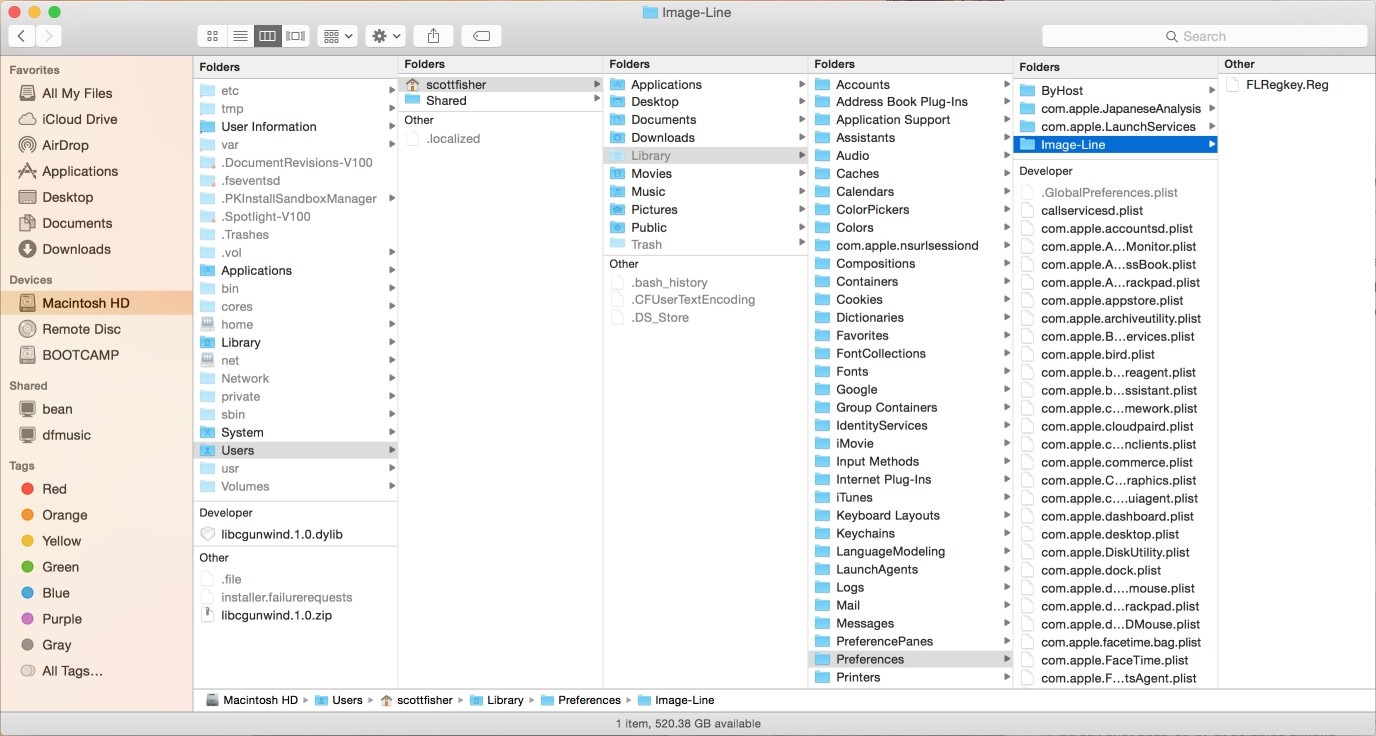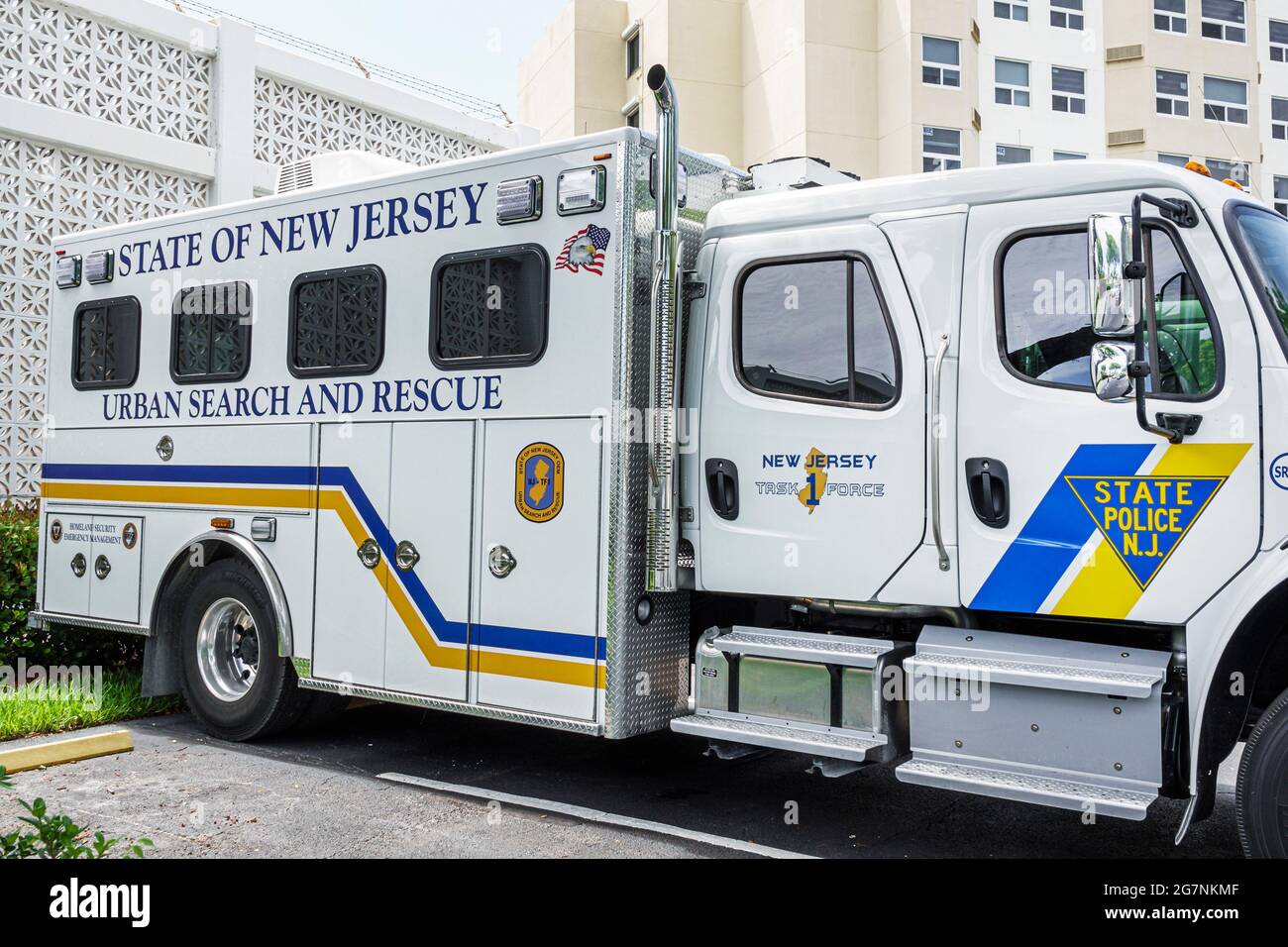
These might include sewers or flood prevention infrastructure whose upkeep, before you know it, falls to unprepared neighbors. Developers have come up with clever and complex arrangements to pass costs onto buyers, the community equivalent of cheap fixtures that break after a few years. HOAs sometimes face more serious issues down the road, too. In the Great Recession, HOAs had to make tough choices between big assessment hikes or service cuts, including cheaper insurance, infrequent trash pickups, reduced mosquito control, fewer lifeguard hours at the pool, or delayed maintenance. The city’s public housing is another story: The price of restoration for that bedrock social service is estimated at $32 billion, and there is no chance of such a sum being raised at a building, city, or state level.īut when fortunes turn, HOA dues are the first payment a family doesn’t make. Average annual maintenance fees per room on Manhattan’s West Side, for example, rose from $2,784 to $4,671 between 20. Additionally, much of New York’s aging, collectively managed building stock has managed to stay in good shape because the people who live there are getting wealthier. But co-op tenure is longer, and co-op boards have more power.


Amalgamated Houses in the Bronx, for example, recently committed $47 million to repair work-more than $30,000 per unit. Consider New York City’s labor-funded co-ops, which are approaching the century mark. It’s not impossible for a collective to make forward-looking investments. Owners come and go, and while an ample reserve fund might increase your unit’s eventual sale price, every owner rationally wants the cash in hand until the moment it’s needed.

It’s not just a building-level marshmallow test in which tomorrow’s interests are sacrificed to today’s. However hard it is for condo and co-op boards to convince their neighbors to fund a new HVAC system, it is harder still to ask them to kick in for the possibility of a new HVAC system in 10 years.


 0 kommentar(er)
0 kommentar(er)
